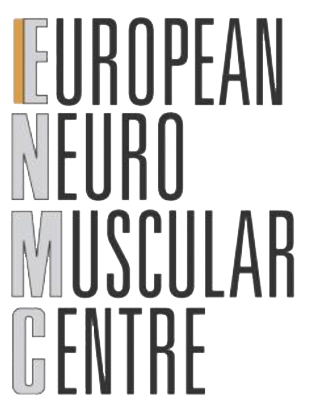#apaperaday: Eteplirsen Treatment for Duchenne Muscular Dystrophy: A Qualitative Patient Experience Study
In today’s #apaperaday, Prof. Aartsma-Rus reads and comments on the paper titled: Eteplirsen Treatment for Duchenne Muscular Dystrophy: A Qualitative Patient Experience Study
A paper from Advanced Therapeutics by Iff et al on the experience of patients (through caregiver interviews) with eteplirsen treatment. DOI: 10.1007/s12325-024-02915-9
Duchenne is associated with loss of muscle tissue and function. It is caused by lack of dystrophin. Eteplirsen is an antisense oligonucleotide (ASO) that is approved by the FDA for the treatment for eligible Duchenne patients. Eteplirsen modulates dystrophin splicing.
Eteplirsen treatment induces production of Becker-like dystrophins in Duchenne patients. These are partially functional, but better than no dystrophin as is the case in Duchenne. Eteplirsen was approved based on dystrophin production after treatment, albeit at low levels (<1%).
Treatment is a weekly intravenous infusion. Data on functional effects from a placebo-controlled trial is still pending, but compared to natural history cohorts, treatment patients seem to have a slower disease progression with regards to loss of ambulation and respiratory function.
Of course, natural history comparisons have limitations; confirmatory studies are ongoing. Meanwhile, authors wanted to have insight into the impact of treatment as perceived by caregivers. For this, semi-structured interviews were conducted with 15 caregivers of patients on eteplirsen.
Treatment time on average was 15 months (3-24 months), and patients were 7-15 years old. At the start of treatment, 8 patients were ambulant; at the time of interviews, 7 were ambulant. 8 patients were on steroids. (Ambulation definition was as perceived by the caregivers).
Caregivers were asked to recall the condition their son was in before treatment initiation. This outlined the burden of Duchenne: problems with walking, stair climbing, running for the ambulant patients, and problems with raising arms and hand grip in non-ambulant patients.
This had an impact on the activities of daily living, e.g., getting dressed and washing, but also school activities, e.g., writing, physical education, and playing with other pupils. Finally, symptoms of fatigue and pain were common.
Many caregivers outlined improvement and maintenance of function, while some also outlined a decline in function (see image below). Note that you expect that if the treatment works, it will not stop the disease but slow it down, so a decline is not unexpected.

Decline was seen in patients on eteplirsen for a longer time (12-24 months). Improvements/maintenance was seen for function, but also activities of daily living and reduced fatigue.
Improved learning ability was also reported – as eteplirsen does not cross the blood-brain barrier, this is likely an indirect effect of reduced fatigue. Authors discuss that their study makes the burden of Duchenne clear. As limitations, authors mention the small sample size,
Another limitation is that the study was retrospective, relying on the recall of the caregivers. This may have led to confirmation bias. Authors outline that more work is needed to quantify effects with clinicians and patients/caregivers using relevant scales.
This will be interesting indeed. However, the results of the phase III confirmatory trials are also eagerly anticipated by me, to hopefully show that eteplirsen treatment causes a measurable decline in disease progression.






